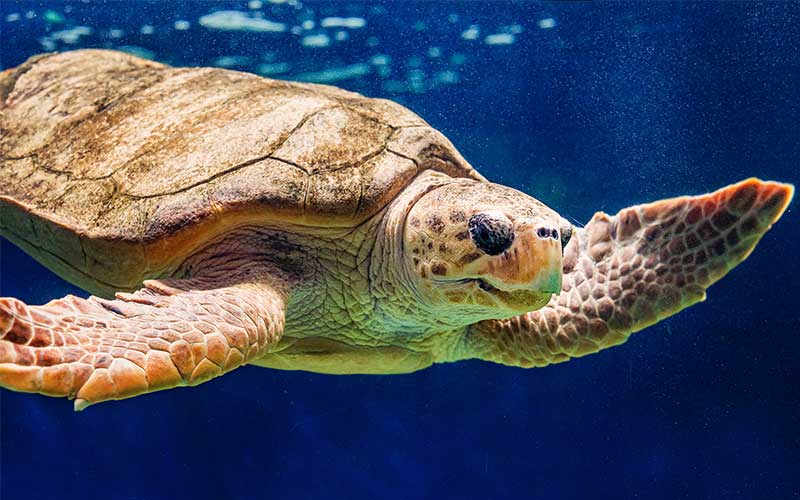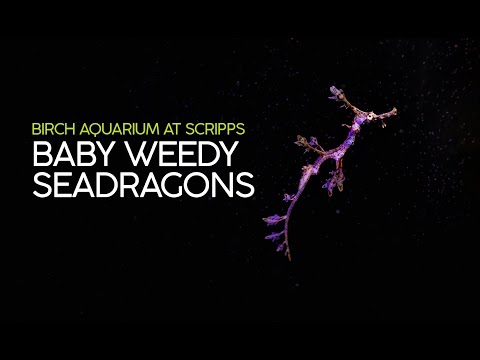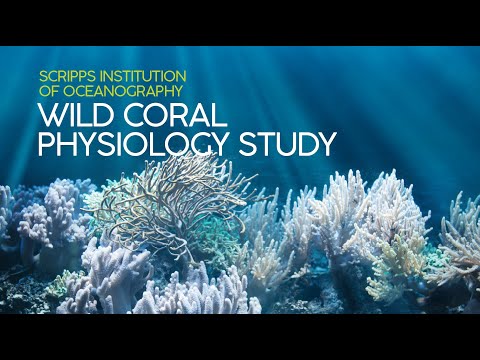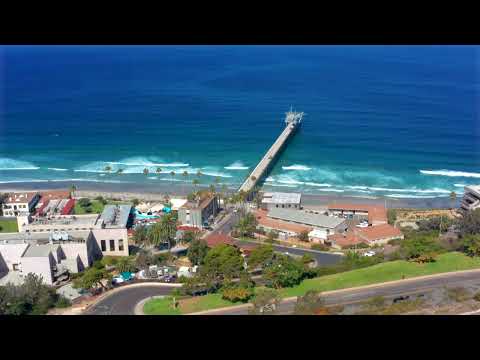Second Time Lucky! Earth Day Brings Seadragon Surprise to Aquarium
Following on the recent announcement of year-old Weedy Seadragons going on display, Birch Aquarium announces second successful egg transfer to male.
Celebrating Birch Aquarium’s Volunteers!
It’s National Volunteer Week and here at Birch Aquarium, we h...
Searching for Sea Slugs in San Diego
Our local tide pools are teeming with life and the perfect place to pa...
Second Time Lucky! Earth Day Brings Seadragon Surprise to Aquarium
Following on the recent announcement of year-old Weedy Seadragons goin...
News Contacts
Our Communications Team is eager to connect you with Birch Aquarium’s animals, exhibits, experts, high-resolution images and story ideas. Please let us know how we can help.
Birch Aquarium Media Inquiries:
Phone: 858-534-8555
birchaqmnews@ucsd.edu
Scripps Institution of Oceanography Media Inquiries:
Phone: 858-534-3624
scrippsnews@ucsd.edu
Media Coverage
THE NEW YORK TIMES | Oct 21, 2023
These Starfish Face Extinction. Scientists Are Helping Them Mate.
AZA CONNECT | Jun 23, 2023
Birch Aquarium Reports Record Scholarship Year
S.D. UNION-TRIBUNE | Mar 3, 2023







